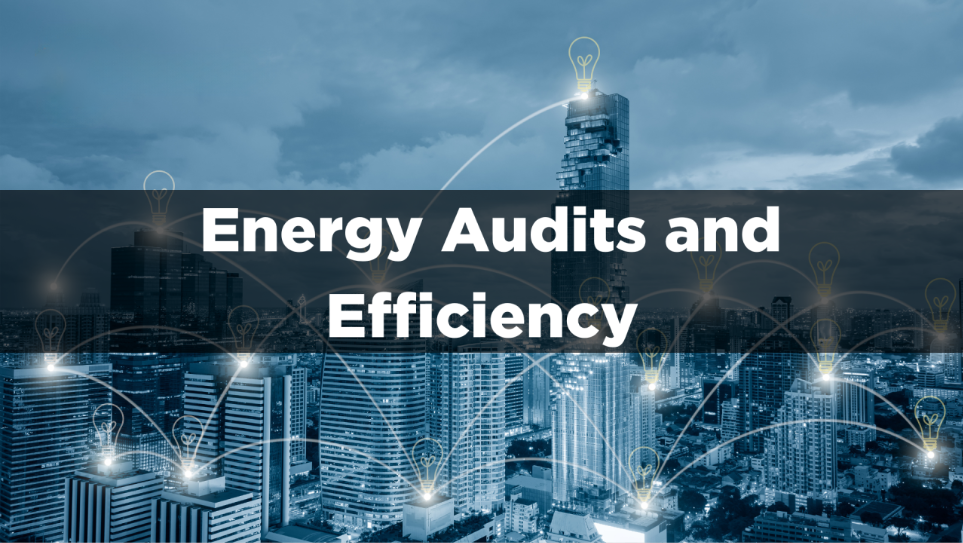
India’s power grid is evolving rapidly to accommodate the rising demand for electricity and the integration of renewable energy sources, particularly in the Commercial and Industrial (C&I) sectors. The C&I sector, being one of the largest consumers of electricity, is increasingly adopting renewable energy through multiple onsite site and offsite solutions.
However, the shift to renewable energy, especially intermittent sources like solar and wind, requires compliance with grid regulations and standards to ensure stability, reliability, and efficiency in the power supply.
This article provides a detailed exploration of India’s grid regulations and standards with a focus on how they impact renewable energy integration.
Importance of Grid Regulations and Standards in the Renewable Energy Transition
Grid regulations and standards form the backbone of the power system, setting the technical and operational guidelines for managing the flow of electricity across the transmission and distribution networks.
For sectors that are increasingly adopting renewable energy, these regulations play a crucial role in:
- Ensuring Grid Stability: Renewable energy, especially solar and wind, is variable and intermittent, which can lead to fluctuations in power supply. Grid standards ensure that the electricity supplied remains stable, reliable, and of consistent quality.
- Facilitating Renewable Energy Integration: With more businesses adopting rooftop solar, wind power, and other renewable sources, grid regulations define how these sources can be integrated into the grid without causing instability.
- Enabling Open Access: Consumers utilising open access to procure renewable energy from third-party generators must adhere to grid codes to ensure seamless transmission across the grid infrastructure.
- Maintaining Power Quality: Grid standards ensure that the electricity supplied to users, whether sourced from the grid or renewable energy installations, meets quality parameters such as voltage, frequency, and harmonics, preventing damage to sensitive industrial equipment.
Key Regulatory Framework Governing Grid Operations
The regulation and management of India’s power grid are governed by various national authorities, each responsible for different aspects of grid operations, including renewable energy integration for the C&I sector.
The Electricity Act, 2003
The Electricity Act, 2003, is the foundational legislation for India’s electricity sector. It provides the legal framework for regulating generation, transmission, distribution, and trading of electricity. The Act encourages competition, protects consumer interests, and promotes the adoption of renewable energy. Key provisions relevant to grid regulations include:
- Open Access Provisions: The Act enables C&I consumers to use open access, allowing them to procure renewable energy from third-party generators or offsite captive plants. It also lays down the framework for states to facilitate this access while ensuring that transmission capacity is used optimally.
- Grid Code Compliance: All entities, including C&I consumers with captive power plants or renewable energy installations, must comply with the Central Electricity Authority’s (CEA) grid codes to ensure smooth integration with the grid.
Central Electricity Regulatory Commission (CERC)
The CERC is responsible for regulating the interstate transmission of electricity and ensuring grid reliability and quality standards. It sets regulations for grid connectivity, grid safety, and tariff frameworks that impact the cost of renewable energy integration for users. Some key regulations include:
- Connectivity Regulations: CERC’s regulations outline the technical and safety standards for connecting renewable energy plants (such as solar and wind) to the grid.
- Tariff Framework: CERC regulates transmission tariffs, which are critical for businesses utilising open access to procure renewable energy from generators located in different states.
State Electricity Regulatory Commissions (SERCs)
For intra-state grid operations, SERCs play a key role in setting grid regulations. Sectors sourcing renewable energy locally need to comply with state-specific grid codes and standards. SERCs also define the terms for wheeling and banking of renewable energy, which are critical for businesses using captive solar or wind installations.
Central Electricity Authority (CEA) Grid Standards
The CEA develops and maintains grid standards for the technical operation of India’s power grid. It mandates standards for:
- Grid Connectivity: CEA’s regulations on connectivity ensure that renewable energy projects (like rooftop solar or captive wind farms) comply with grid standards before being connected to the grid.
- Power Quality: Standards for power quality ensure that electricity supplied by renewable energy sources maintains consistent voltage and frequency, essential for maintaining equipment health in various industries.
Renewable Energy Standards and Grid Integration
Renewable energy integration is not just about setting up generation facilities like solar panels or wind turbines. It also involves understanding the regulatory requirements related to grid integration, power quality, and transmission. key mechanisms and policies relevant to the integration of renewable energy include:
Offsite Solutions
Open Access: Open Access in India is a regulatory framework that enables large electricity consumers, such as industrial and commercial entities, to purchase power directly from generators or the energy market, rather than relying solely on their local distribution company (DISCOM). This system promotes competition, lowers energy costs, and encourages the adoption of renewable energy.
Banking of Renewable Energy: Some states with open access policy allow banking of renewable energy. It is a mechanism, where C&I consumers are allowed to “bank” or store the surplus energy they generate with the local grid or DISCOM and withdraw it later, typically during periods when their generation is low. However, banking is subject to state regulations, which define the allowed banking period, charges, and conditions for withdrawal of banked power.
Onsite Solutions
Net Metering: This policy allows businesses to send surplus power generated back to the grid, offsetting their electricity bills. Net metering is available in some states, though other states have started transitioning towards net billing or gross metering.
Net Billing: Net billing is a mechanism where businesses are compensated for the excess energy they export to the grid at a specific rate, which is often lower than the rate they pay for the electricity they consume from the grid. Unlike net metering, where surplus energy directly offsets the consumer’s bill, net billing creates separate accounts for consumption and generation. This encourages businesses to use more energy onsite rather than rely solely on exporting to the grid.
Gross Metering: In gross metering, all the electricity generated is sold to the grid at a pre-determined tariff. The consumer purchases their electricity separately from the grid for their own use. This model is more like a direct sale, where the consumer is essentially a power producer and operates independently from their own consumption needs. Gross metering provides a clear separation between generation and consumption, making it appealing in markets where export tariffs are favourable.
Challenges in Grid Integration for C&I Consumers
Despite the opportunities offered by grid integration, several challenges remain for C&I consumers looking to transition to renewable energy. The integration of intermittent renewable energy sources like solar and wind can create instability in the grid, particularly during periods of high variability in generation. Further more, state-level variations in grid regulations and banking policies can create uncertainty for businesses planning to adopt renewable energy.
Future Outlook for Grid Regulations and Renewable Energy
As India progresses toward its renewable energy targets, grid regulations and standards will continue to evolve, with a focus on enhancing renewable energy integration for C&I sectors. Key trends to watch include:
- Development of Green Energy Corridors: These corridors are designed to facilitate the transmission of renewable energy across states, addressing transmission bottlenecks and allowing C&I consumers better access to renewable energy sources.
- Mandates for Energy Storage: Regulatory frameworks may increasingly mandate energy storage integration to manage the variability of renewable energy and improve grid stability.
- Decentralised Renewable Energy Systems: Regulations supporting decentralized generation, such as rooftop solar and microgrids, will become increasingly important for C&I sectors aiming for energy independence.
Conclusion
Grid regulations and standards are pivotal for the successful integration of renewable energy into India’s electricity grid, especially for C&I sectors that are key drivers of energy demand. Compliance with grid codes, understanding open access and net metering policies, and navigating the complexities of wheeling and banking are critical for businesses looking to adopt renewable energy.










